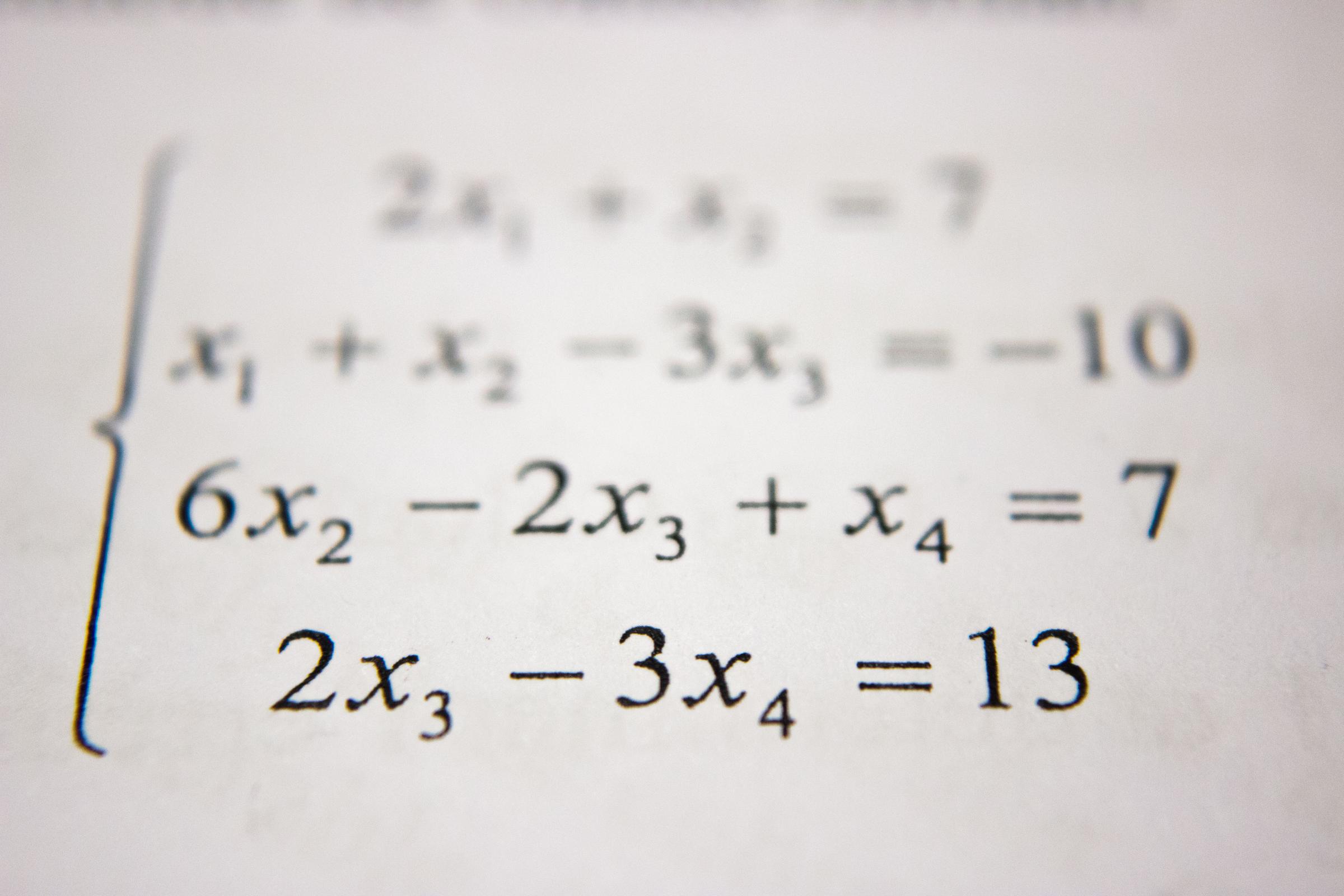Mathematics
Mrs Robyn Wilson - MaST - Mathematics Specialised Teacher

Mathematics
Mrs Robyn Wilson - MaST - Mathematics Specialised Teacher
Knowing times tables facts is crucially important to your child’s progression in their mathematics education. Without a deep understanding of multiplication and division facts, children frequently get ‘lost’ when it comes to do anything with fractions and any multiplication or division with larger numbers.
Many mental maths activities and tests require a quick recall of multiplication and division facts. Children who are secure in their times tables knowledge are able to get to grips with trickier tasks straight away and are far more successful. ‘Knowing’ times tables means a child who will be able to recall any of the multiples of a times table out of order within 3 seconds, as well as knowing the matching division facts i.e. 4 x 6 = 24 as well as 24 ÷ 6 = 4.
Learning multiplication facts and tables are most effective when there is collaboration with school, parents and children.
5 to 10 minutes every day is better than an hour a week. Here are some ideas to help your child memorise their multiplication and division facts.
1) Chanting/songs – Have your child chant out loud the times tables. This could be the whole number sentence ‘2 times 3 equals 6, 2 times 4 equals 8…’ or it could be just the number sequence ‘2, 4, 6, 8 ...’. Have fun with it! There are lots of times tables songs which are suitable. See below an example
2) Flash cards- Create flash cards to help your child. You could select certain facts they keep getting stuck on rather than the whole set.


3) Timed – Time your child and make it into a competition. Can they beat their last score? Put the timer on for 30 seconds and see how many they can answer.
https://www.online-stopwatch.com/
4) Bingo- Write the multiplication questions on separate pieces of paper and place in a bowl. Make a 4 by 3 square bingo card each and write 9 of the answer numbers onto it. Take it in turns to draw a question out – if the answer’s on your card, cross it off. The winner is the first to cross off all their answers.